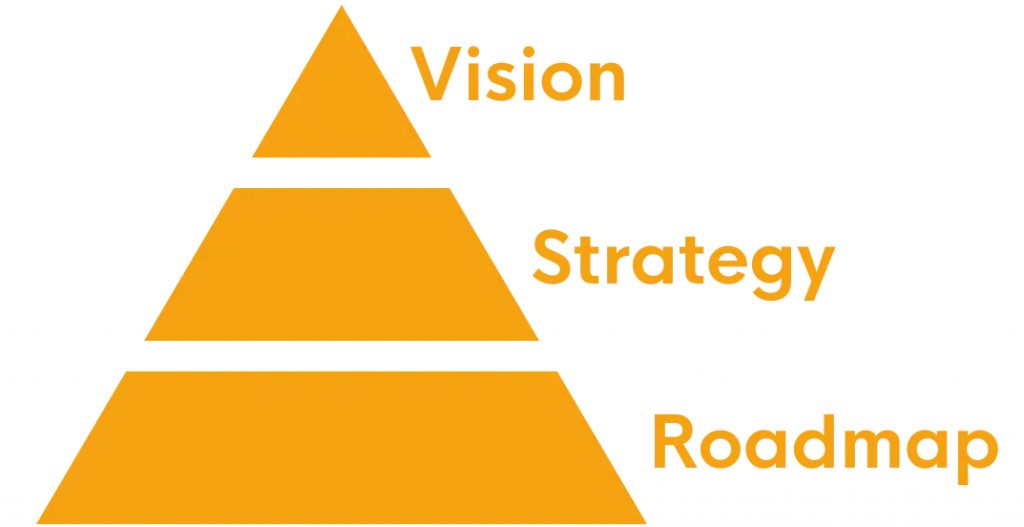
In my previous article, I briefly mentioned what the Technical Product Manager does and its duties. In these series of articles, I will explain these duties in a little more detail one by one.
The first goal of a Technical Product Manager is to define a vision for the product or products, and to design and successfully execute the required strategies in order to achieve the goal in the most successful way within the context of this vision. Within this context, the vision should be clearly defined and expressed. The designed strategy should also be detailed with a road map, targets and milestones should be defined for the further processes. The following steps are the key points to successfully implement this process.
- Identify the problem that the product solves: The success of each product in the market depends on bringing a solution to an existing problem. It could be to offering a brand new solution to an existing problem, or it can be an improvement to existing solutions or a bringing a different approach to a solution method. The success of the product is primarily related to the correct determination of the pain caused by the problem to the customers, and then effectiveness and efficiency of solving the problem.
- The product vision should be clarified. The final result of the product should be clarified and shared with both the team and stakeholders, if any. The vision should include aspirational points about the product and be inspiring, and include real and achievable goals instead of selling a dream. It should clearly demonstrate how the problem is approached and how the product will contribute to the solution as the focus of the vision.
- The product vision and strategy should be shared with both the team and stakeholders. Sharing the vision and strategy clearly, not only ensures that the final goal of the product is clearly understood by everyone, but also helps to identify the missing points at the beginning of the process with the feedback received and update them in a way that maximizes effectiveness and efficiency of the development processes. In addition, the clarification of the road map makes it easier to make the right decisions while allocating workforce.
- Plans should always be up to date. Vision and strategy should always be flexible and adapt changes. Progress should be observed at every stage of the process, necessary adjustments should be made by means of the available data and feedback, and the compliance of the progress with the vision should be checked and, if necessary, adaptations should be made on vision.
- A road map should be developed. As a part of the product vision, the key milestones should be marked on a timeline. The steps should be staged on this chart, showing which features and functionality will be offered at which stage. The roadmap is not a fixed schedule, but a changing and evolving structure that lives with the product throughout its entire life cycle. Especially developing large projects will take a long time, and there will be situations where the roadmap needs to be updated within the scope of changing needs. The most important factors that require the roadmap to change are the changes in customer/market needs, new requests coming from the customer as product features are presented, changes in existing requests or the development of competitors, if any.